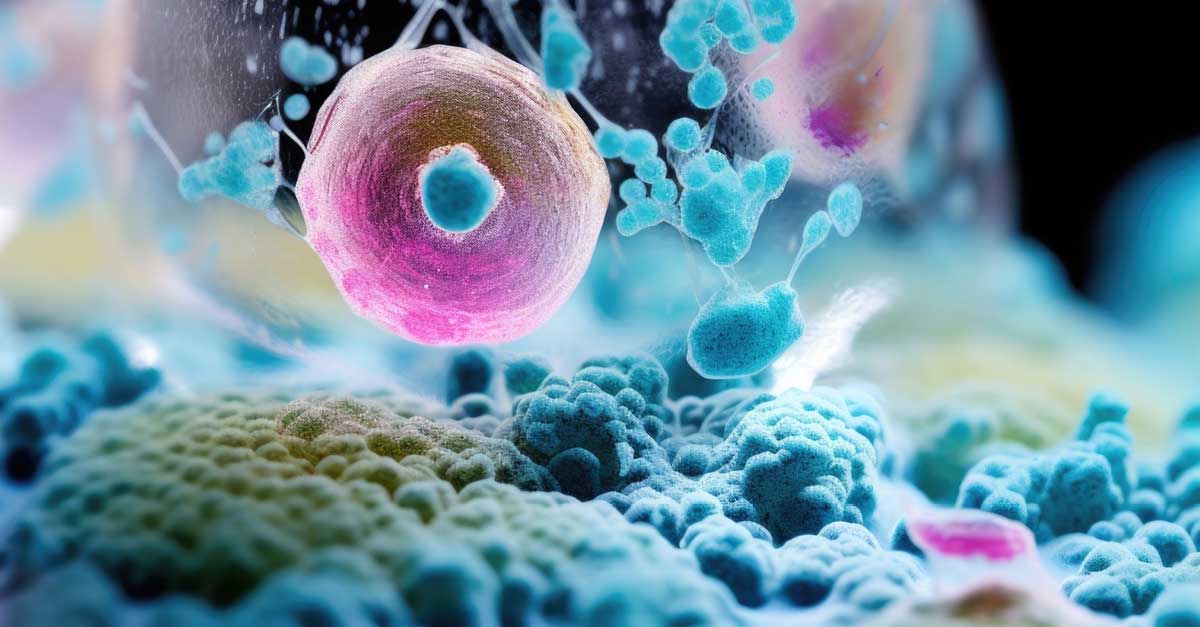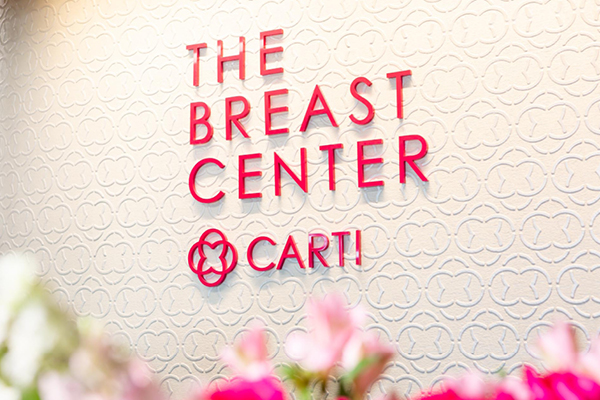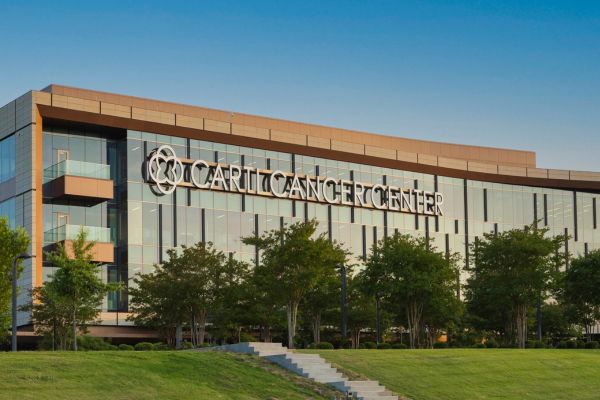The Use of 3D Printing in Radiation Therapy
As seen in the November/December issue of Healthcare Journal of Arkansas. By Christopher H. Pope, M.D., Radiation Oncologist, and Scott Yakoubian, Director of Medical Physics, Dosimetry and RSO
While 3D printing has been an effective tool in both educational and clinical specialties that are primarily procedural based, its relevance to radiation oncology has been limited. Until now.
Today, more and more forward thinking radiation therapy departments are incorporating 3D printing into their practice because of the benefits it has in both the mapping and delivery of the therapy, and the positive impact it can have on a patient’s quality of life and overall prognosis.
As with many other healthcare specialties, radiation therapy is all about precision. From the radiation oncologists and medical physicists to the dosimetrists and therapists, we all work with one mission – to ensure that each individual patient’s treatment plan is personalized in such a way that the proper dose is delivered with pinpoint accuracy to the tumor only, sparring the healthy tissues and organs that surround it. While we have come a long way in our abilities to model, map and stabilize the patient throughout their treatments, there have still been certain limitations within our field.
One such limitation has been the use of a bolus. A bolus is a treatment device that is placed on the skin surface during radiation treatment to reduce or alter the dose delivered in the patients’ tissues. It helps the oncologist deliver a uniform therapeutic dose to the treatment area, especially for irregular surface contours, including around the bridge of the nose, the ear and some chest wall reconstructions.
Historically, bolus were created using preformed pieces of material of uniform thickness that were fitted to the patient, or custom sculpting the bolus by hand. While both options have their advantages, they also have their shortcomings, including a significant effort on behalf of the care team to mold and adapt this material to the patients’ specific anatomy.
Traditional sheet bolus used on curved surfaces, such as a breast, can result in poor conformity and result in air gaps. Additional pieces, including plaster, thermoplastics and wax, were sometimes needed to get the bolus as near to perfect as possible. Then, if the patient’s anatomy changed throughout their often multi-week course of therapy – due to tumor regression, edema or weight-loss – the team and the patient might have to go through the entire process again to create a new bolus that fit the patient’s changing body.
Today, with the advancements of 3D printing, radiation teams are able to utilize specific information from the patient’s CT to generate a unique model of the patient and construct a custom bolus that more precisely matches their specific anatomy. A 3D printed bolus can be used when it is necessary to compensate for missing tissue in a patient who has had surgery, to make an irregular surface more uniform or to increase the dose to the skin when treating skin cancer. The use of 3D bolus improves the sparing of healthy tissue, reduces air gaps, which can cause issues with dose conformity, accommodate and correct for anatomical irregularities and reduce hot spots, which may result in unnecessary breaks or gaps in treatment. And, most importantly, it improves treatment accuracy and dose distribution.
Data derived from treatment-planning systems can optimize the 3D printed bolus in ways that were never possible before with hand-sculpted bolus. Flexible, patient-specific bolus provide superior fit and adhere to the surface of complex anatomies, such as a breast significantly better (see figures 1A and 1B below). These factors make a 3D printed bolus far superior for the precision delivery of the intended dose of radiation. Plus, delivering the radiation more accurately should give us the best chance of controlling cancer and preventing a recurrence.
Early use of this technology, hardware and software has resulted in the accuracy of fit of the 3D bolus being improved relative to standard sheet bolus, with the frequency of air gaps ≥5 mm reduced from 30% to 13%. Also, setup times were reduced with 3D printed bolus by 27% when compared to standard sheet bolus. Finally, the use of patient-specific, custom, 3D printed bolus improved reproducibility of placement of the bolus device for additional planning CTs and daily treatments, and improved patient experience and comfort.
In the future, the integration of 3D printing technology with imaging and planning systems are likely to continue to grow. 3D printing technology allows the precise construction of custom bolus and other types of tissue compensators. By taking advantage of the modulated electron bolus (MEB) plans created in 3D printing software, radiation oncology teams can demonstrate superior sparing of healthy tissues and distal OARs while significantly reducing hotspots compared to photon IMRT delivery, i.e. VMAT (Figures 2A, 2B, and 2C below). For some patients, 3D printing technology will result in a more accurate, specific targeting of their cancer.
The benefits to the patients include improved quality of life, reduced setup times, improved patient comfort and enhanced reproducibility and reliability of the bolus throughout the entire treatment course. The ability to print the precise, patient-specific bolus required for some electron and/or photon treatments is a powerful tool for radiation therapy departments.
And, thanks to ongoing improvements in cost and reliability, 3D printing is becoming more common in cancer centers, allowing even the most difficult cases to be planned and treated swiftly.






